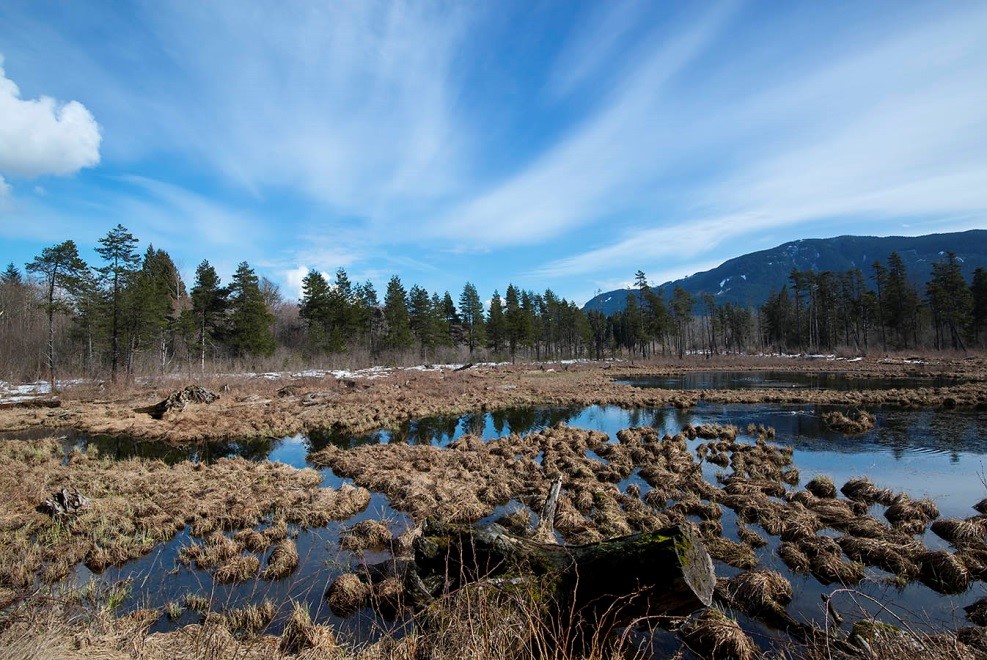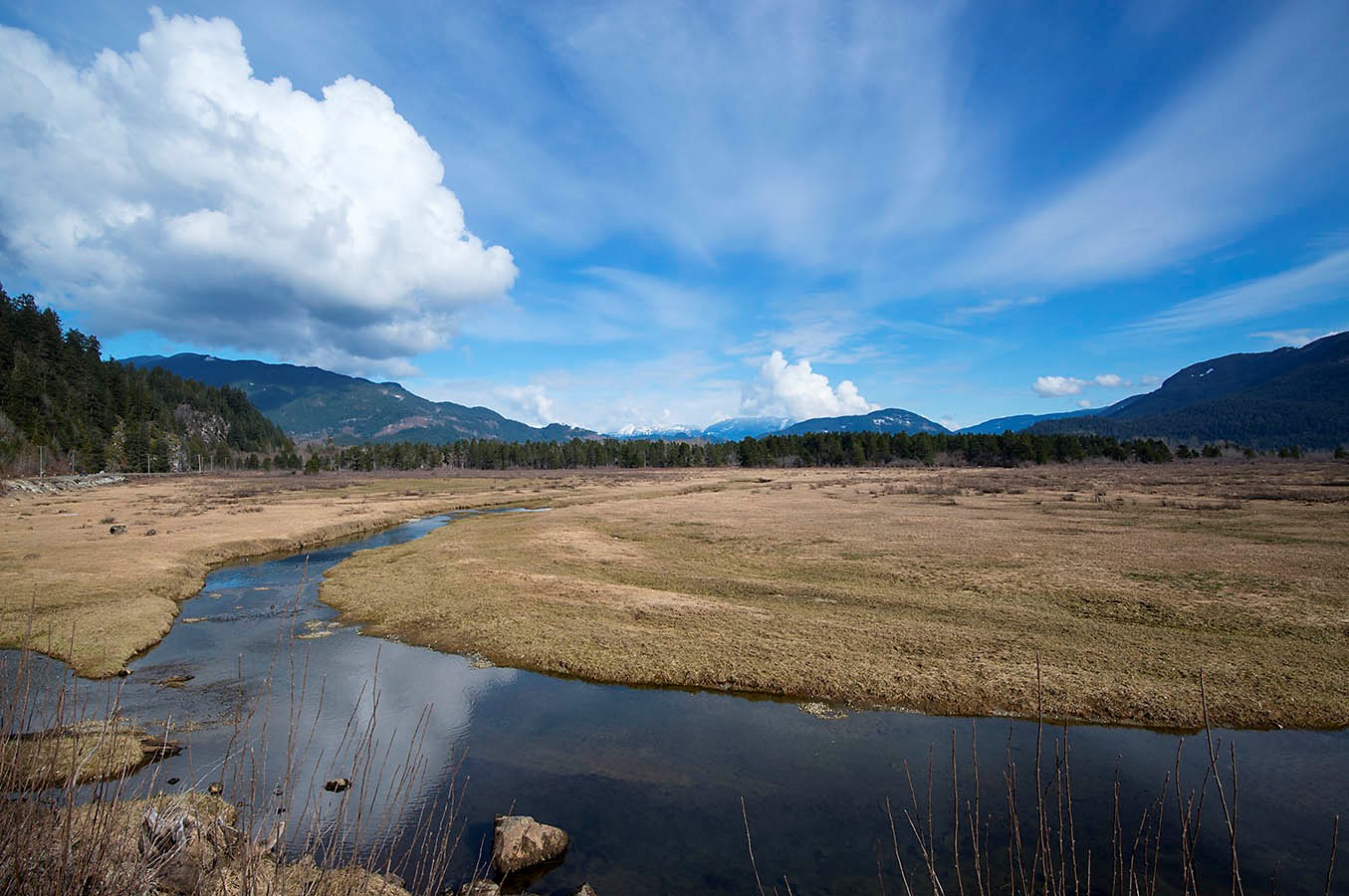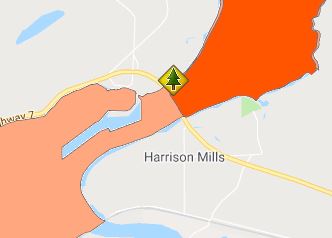Lhá:lt/Harrison-Chehalis Wildlife Management Area
Date Designated: November 16, 2016
Purpose: Conserving ecologically productive wetlands that support critical wintering, migration and breeding habitats for salmon, trout, raptors, aquatic birds, amphibians, mammals and other wildlife.
Size: 1,033 hectares
Region: South Coast
Nature and culture
Fish and Wildlife: The Harrison Chehalis area contains some of the region’s most ecologically productive wetlands that help to support internationally significant fish and wildlife values. The area provides critical wintering, migration and breeding habitats for salmon, trout, raptors, aquatic birds, amphibians, mammals, and other wildlife. It is a core area of salmon abundance and diversity as it supports five species of Pacific salmon plus Steelhead. The area also supports an internationally significant number of Bald Eagles and Trumpeter Swans. It is also believed to provide spawning and rearing habitats for White Sturgeon which is a Red listed species in BC. The Harrison system is internationally recognized as a Salmon Stronghold and an Important Bird Area.
Physiography, Climate and Vegetation: The WMA contains the dynamic river channels and active floodplain delta associated with the Harrison and Chehalis rivers. The climate is characterized by warm, sunny summers and relatively mild, wet winters, and the geological origins of the shorelines are Quarternary Pleistocene and postglacial deposits of gravel and sand. In the shallows of the Chehalis delta there is dense growth of submergent aquatic plants. The WMA also includes upland areas of coniferous forest and shrublands.
Cultural Heritage: The WMA falls within the homelands of several First Nations and local communities. These communities have long relied on the natural resources, biological productivity and special environmental features in the area to sustain their quality and way of life. Local First Nations near to the WMA have identified strong cultural values linked to the special environmental qualities found in the Lhá:lt/Harrison-Chehalis area.
Planning and management
Information on management direction and possible restrictions on visitor activities are available from the Conservation Lands regional contacts.
Management Partners:
Image
The Lhá:lt/Harrison-Chehalis WMA is located north of Chilliwack near Harrison Mills.



